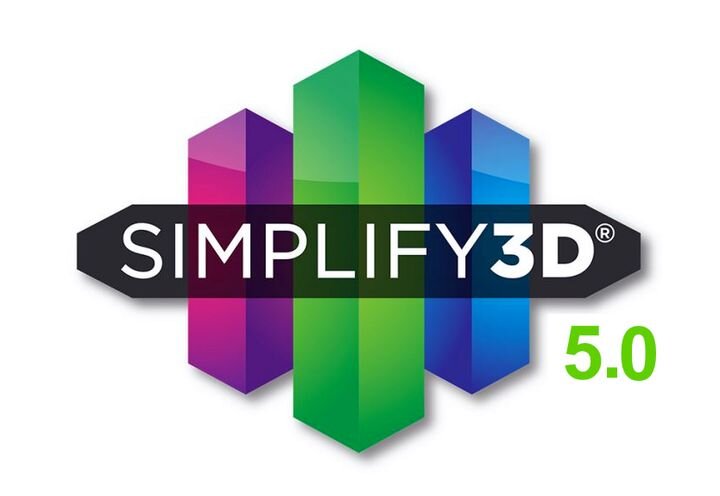It’s now 2020, and I’m anxiously awaiting Simplify3D version 5.0.
Simplify3D is a third party paid 3D printer slicing system. It first appeared in 2013, and I recall the moment I saw it at a trade show. It was being used by a 3D printer vendor who must have been one of the very first to bundle the software with their device.
What initially impressed me was the fabulous views of the simulated 3D print job, which allowed you to iteratively tune the print to perfection. Later, when I got my hands on a copy for myself, I was equally impressed with the advanced slicing features that seemed light years ahead of the alternatives at the time.
It was easy to justify the purchase of software simply due to its comparison to alternatives.
Since then, Simplify3D has had a couple of major releases, the most recent major upgrade being Simplify3D version 4.0. The most current release is version 4.1.2, and it provides support for literally hundreds of different 3D printers. It’s also now automatically bundled with many 3D printers, and particularly so with more advanced machines.
But note the date on the 4.0 release: July 2017. That’s 2.5 years ago, and counting.
Other 3D Printer Slicing Options
In the interim there have been plenty of developments in the world of 3D printer slicing software.
Open source slicing software projects like KISSlicer, Slic3r continue to exist, although the Slic3r project has not itself been updated since May 2018. However, Prusa Research created a fork of their own, and this resulted in PrusaSlicer, which is now a very powerful piece of slicing software.
More notably, perhaps, has been the development of Cura, now named “Ultimaker Cura” in recognition of its main sponsor. This is the slicing and 3D printer management software used by Ultimaker for all their devices, but as it’s an open source project, it has come to be used by a majority of third party 3D printer manufacturers as the default slicing software. It’s now relatively easy to find Cura-compatible profiles for almost any device.
Even more important is that the features in Ultimaker Cura are now quite powerful and often include some of the most advanced slicing features available. Ultimaker Cura even includes an “experimental” section for features they’re fiddling with, and some of them are extraordinary.
Simplify3D 5
Meanwhile, Simplify3D has been continuing on with version 4. However, behind the scenes they have long developing version 5. In a recent bulletin they say:
“Version 5.0 will be the biggest release since Simplify3D was first launched in 2013. One of our main goals for this release is to create a strong foundation for the future of the software. We’re making major improvements to nearly every component in Simplify3D, allowing us to tackle significant features that were too difficult to implement in the past. This creates a great foundation for Version 5.0 and opens new doors for what we can accomplish in future releases.”
And:
“Thanks to this new foundation, Version 5.0 will implement more feature requests than any prior release. We have already confirmed over 70 customer feature requests that will be included in Version 5.0, and we’re still working on documenting more. Our development teams have worked hard to align the major changes in the software with the features our customers are requesting the most to make sure we are delivering meaningful changes.”
That sounds like a tall order, and is likely the reason for the long period between releases. However, the longer the period, the more powerful the competition becomes. Based on their statement above, it seems clear that Simplify3D understands this deeply.
When Will Simplify3D 5 Be Released?
That’s why I am quite excited to see version 5, as it has been scheduled to be released in 2020. That could mean tomorrow, but it could also mean May. Oh, and when it comes out, it will be a paid upgrade, even for current customers.
They say:
“We had originally estimated that Version 5.0 would be completed by the end of 2019, but we have adjusted this estimate to early 2020 to make sure we have enough time to complete this testing and validation.”
When Simplify3D first emerged, they had a different take on how to get the job done. I’m hoping they do the same with version 5.
Via Simplify3D


